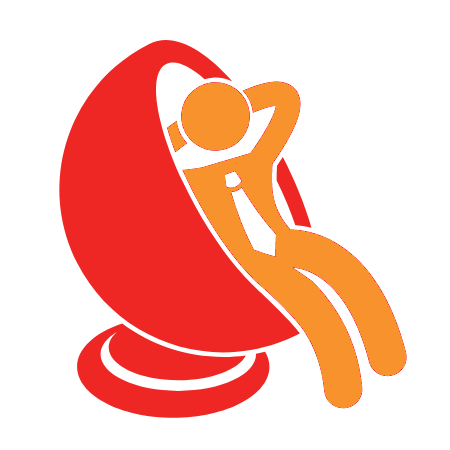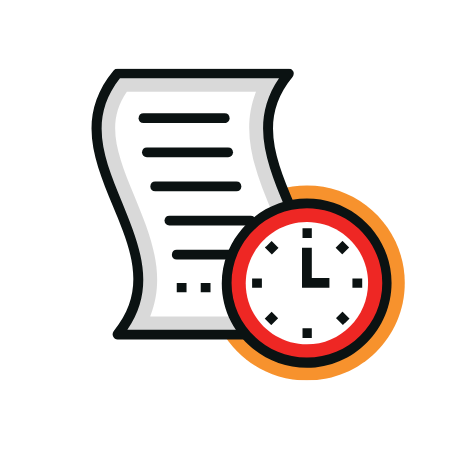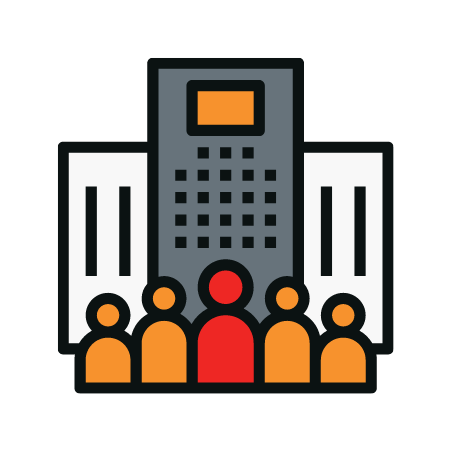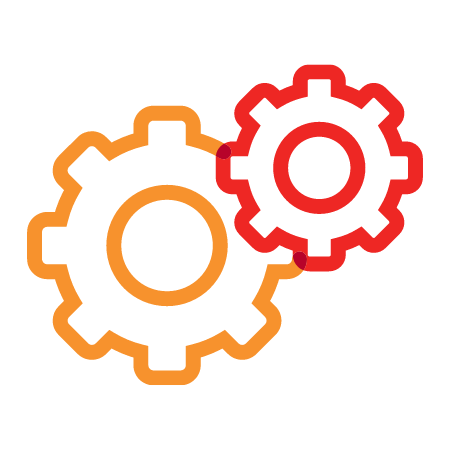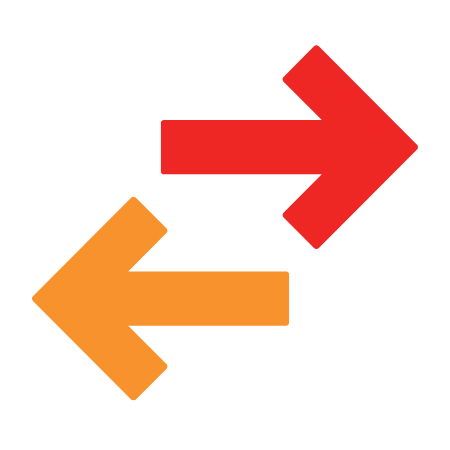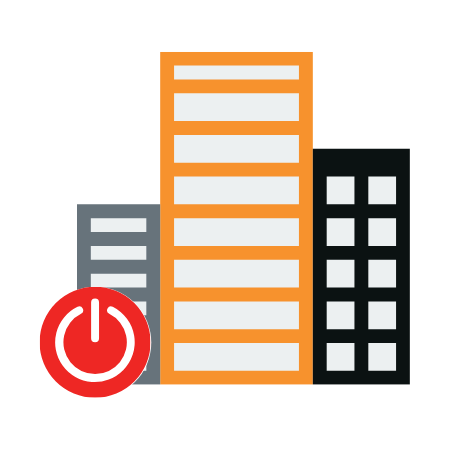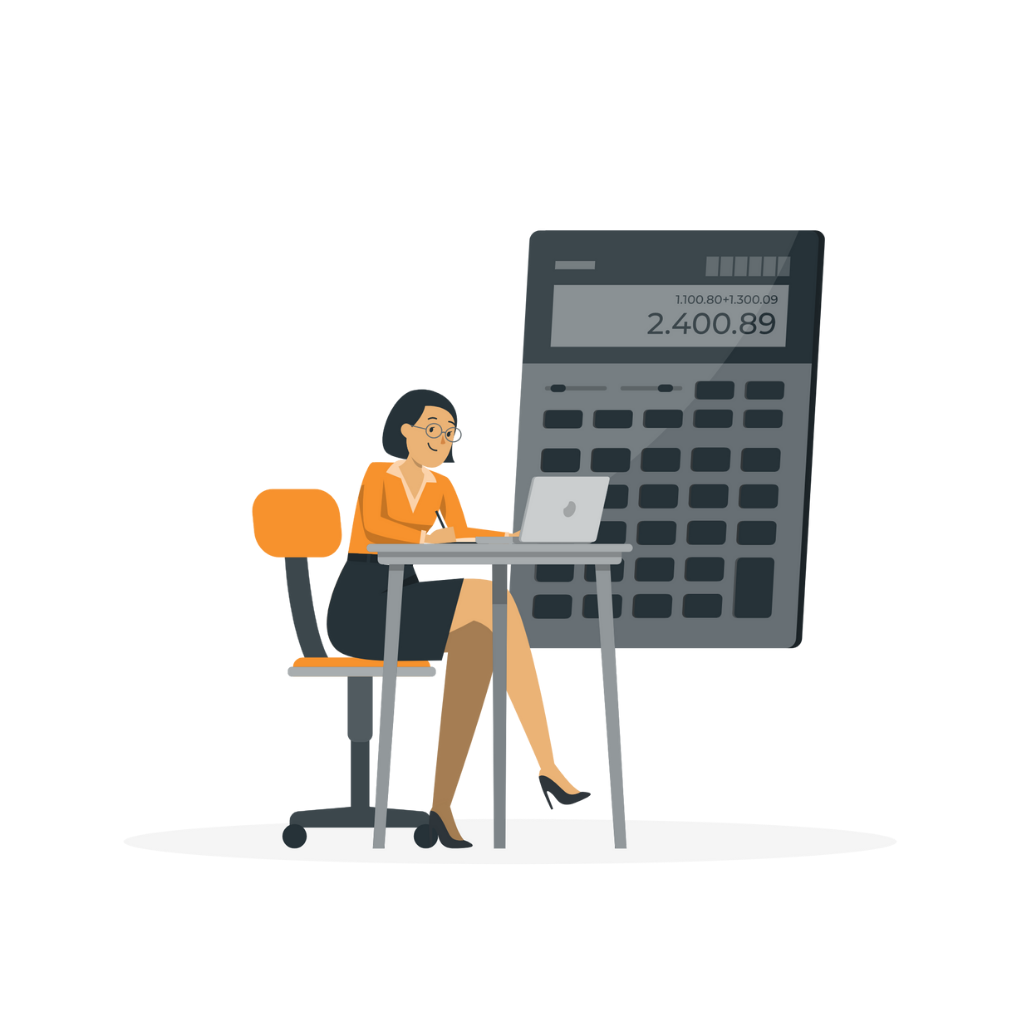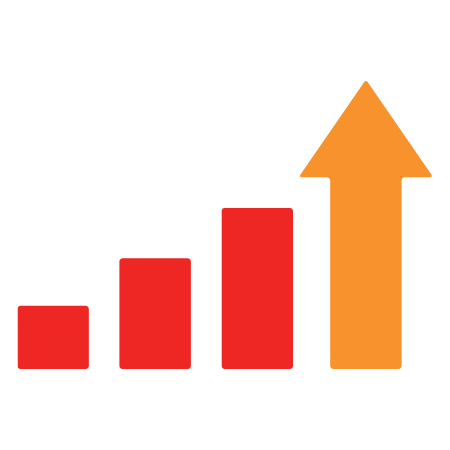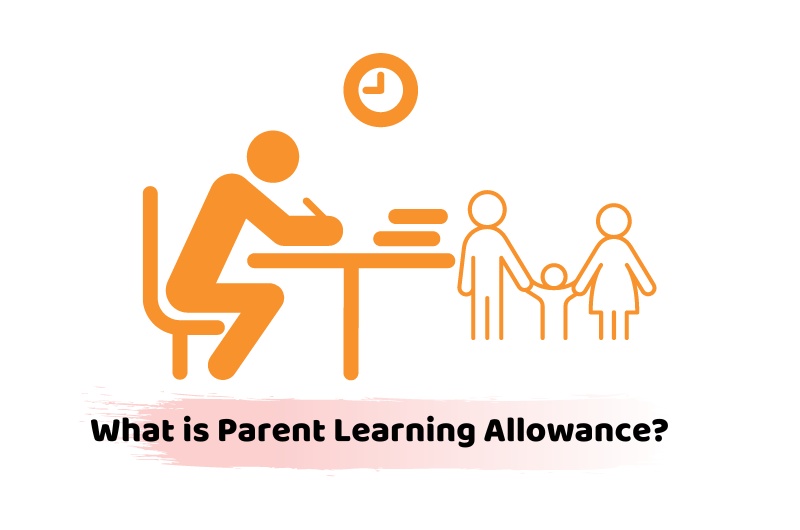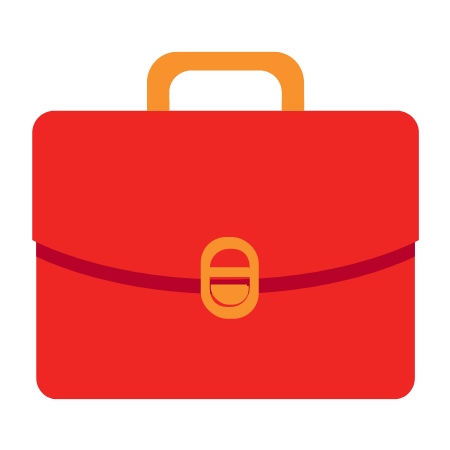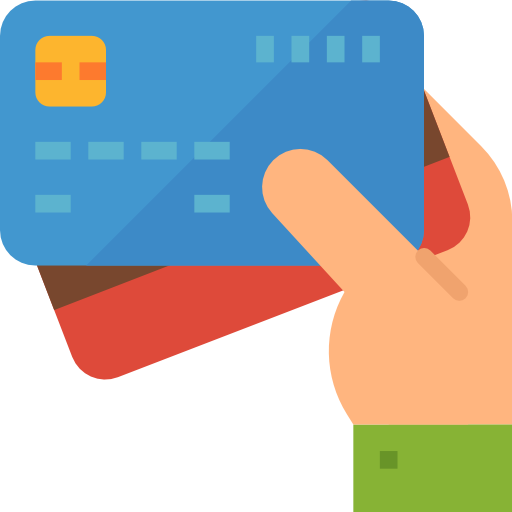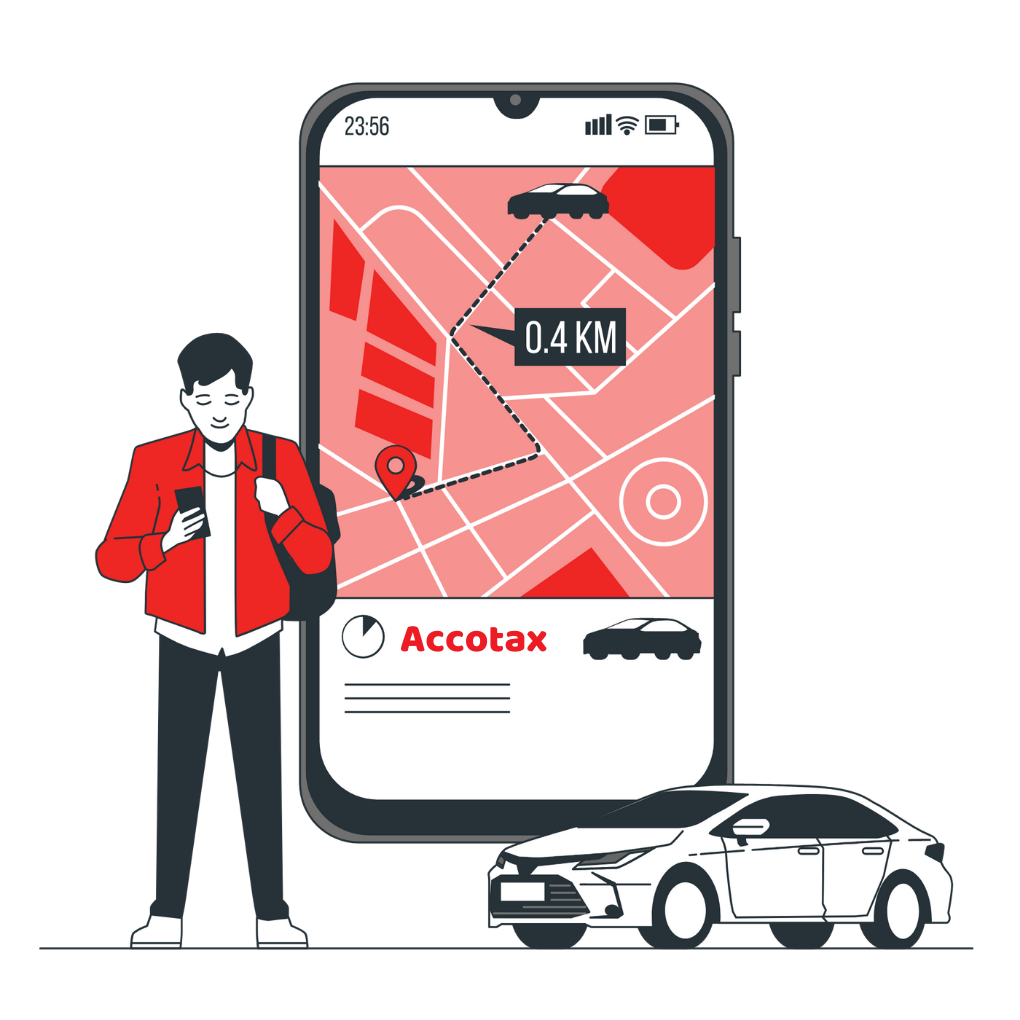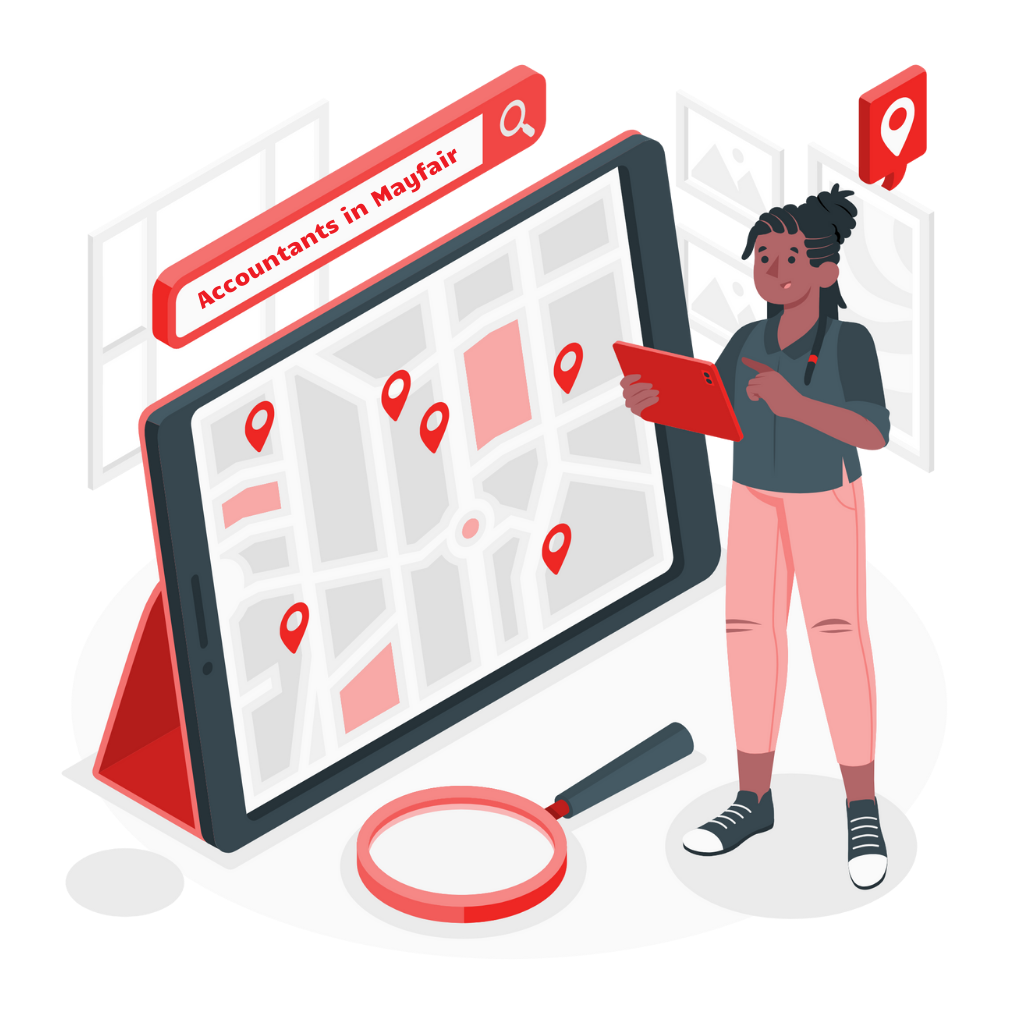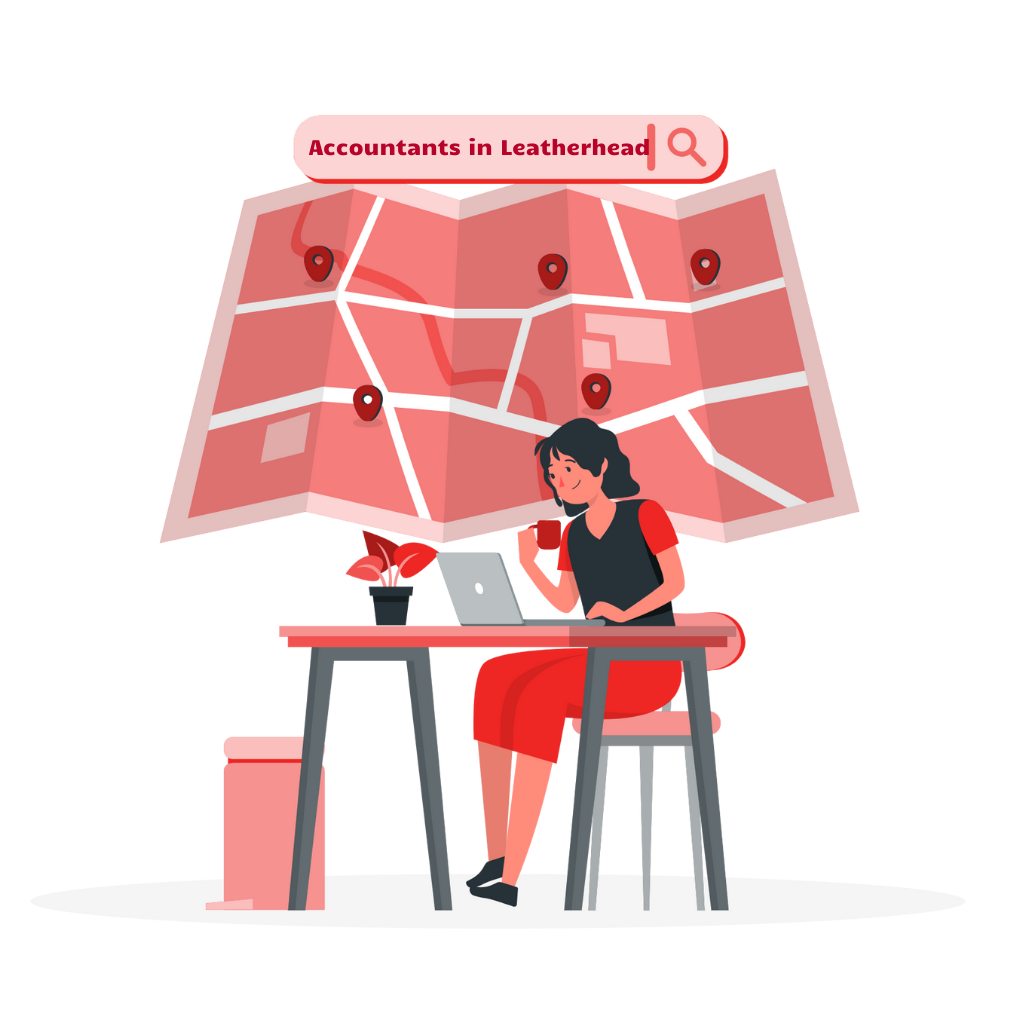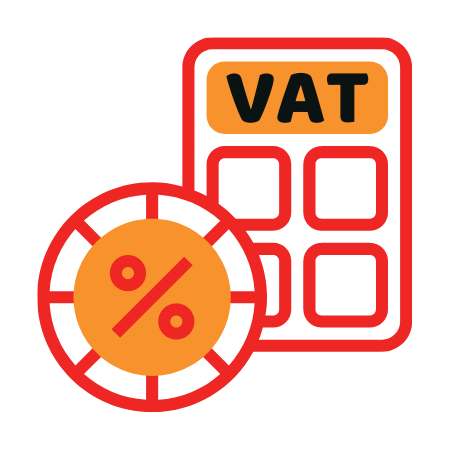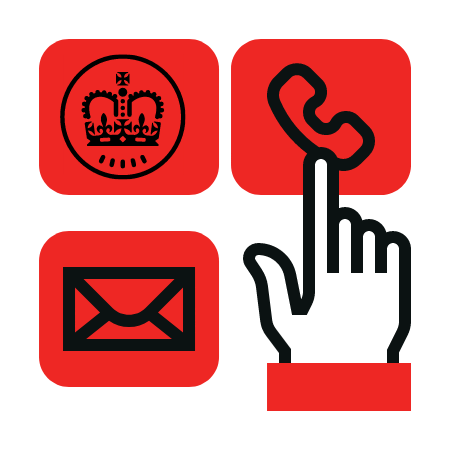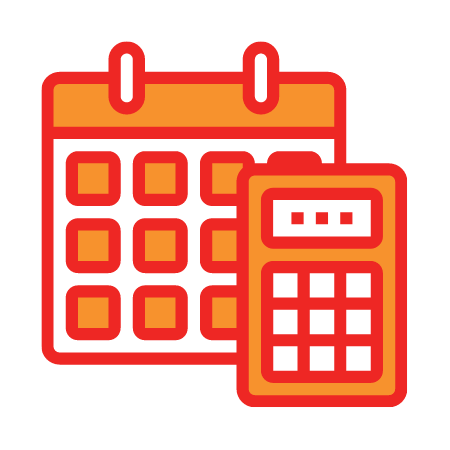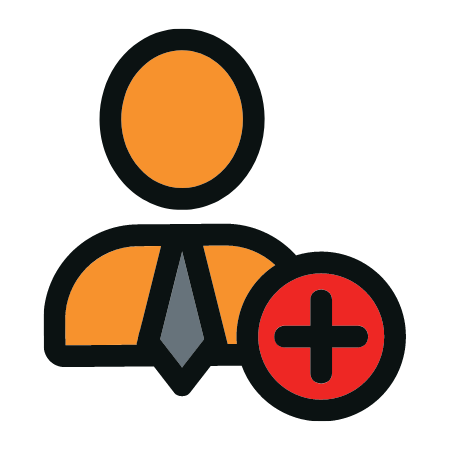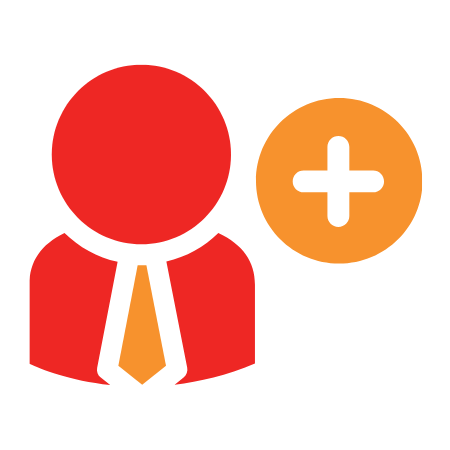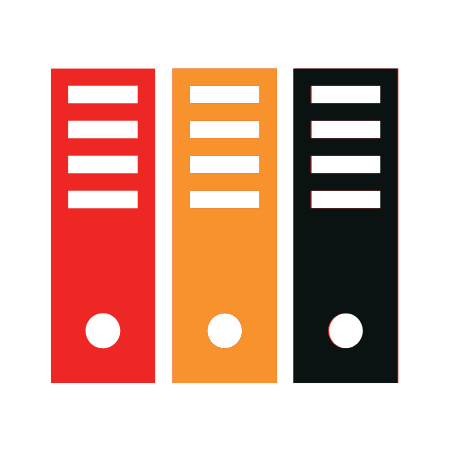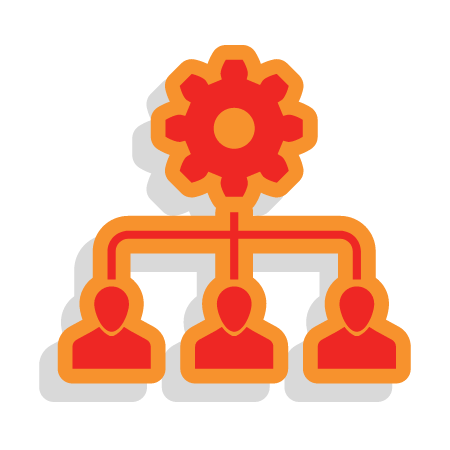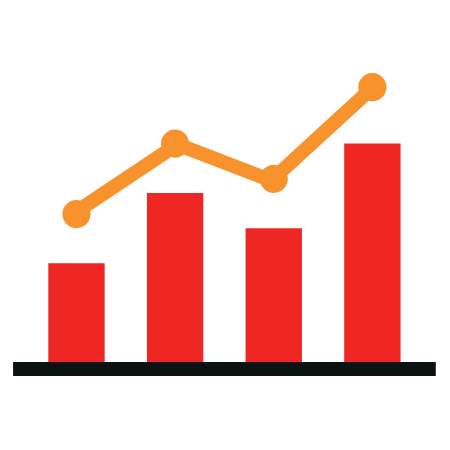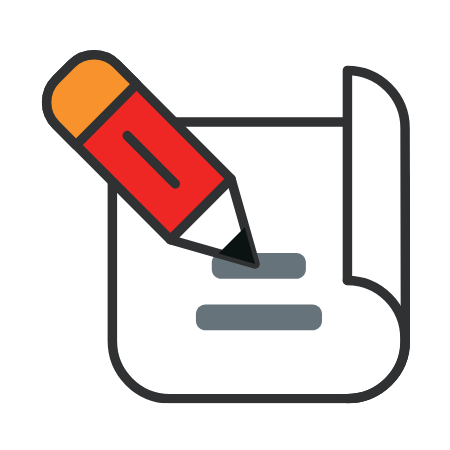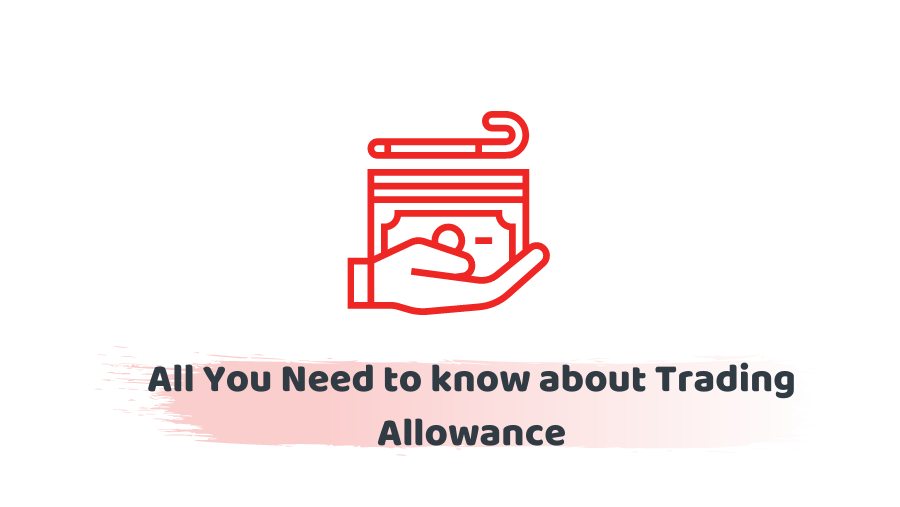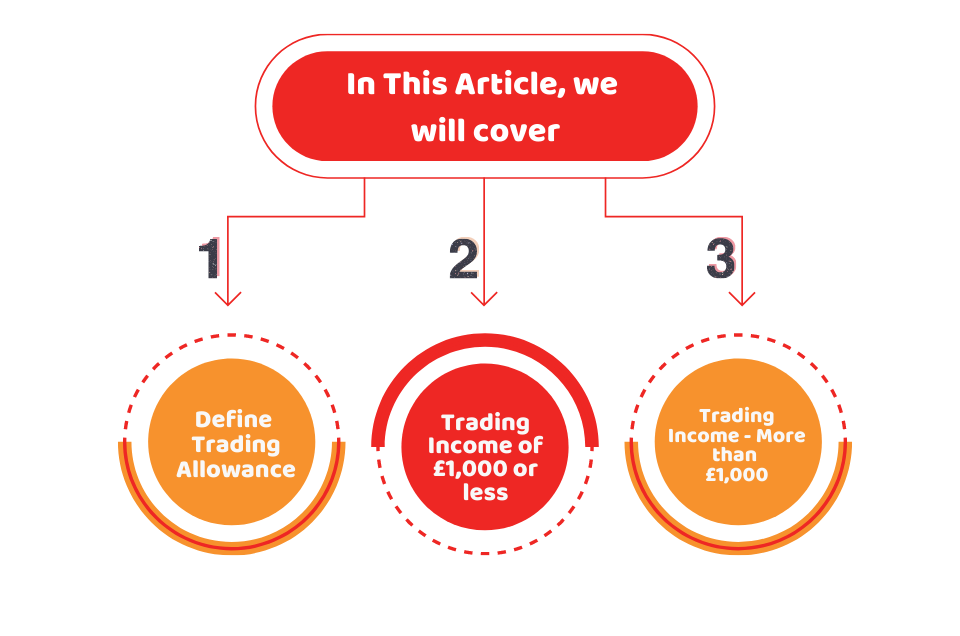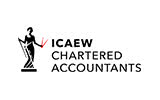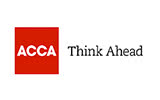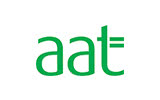Trading Allowance is offered to some of the dole traders which is an allowance of £1,000. This is important to know that you can use either the capital allowance or trading allowance. You are required to register with HMRC even if your income is £1,000. Moreover, in this article, we will cover:
- Define Trading Allowance
- Trading Income of £1,000 or less – What will Be The Scenario?
- Trading Income – More than £1,000
Eligibility For Trading Allowance:
You are eligible if you desire to claim the trading allowance:
- you utilize the accounting that is cash basis, or
- you utilize the accrual basis accounting even then you are qualified to utilize the above mentioned.
The trading allowance is accessible regardless of whether you have just traded for a whole year. For instance, you began to trade in February 2022, you would in any case have the option to claim everything of the trading allowance as though you had been trading for the whole 2021/22.
If you actually claim the trading allowance and you are reimbursing your study loan, then, at that point, the income used to compute your study loan reimbursements will be the sum after the trading allowance has been deducted.
Accotax is a dedicated firm based in Morden, UK. Call us at 020 3441 1258 or send us an email at [email protected].
Trading Income of £1,000 or less – What will Be The Scenario?
If your complete trading income in a year is£1,000 or less then the entirety of this payment can be covered by the trading allowance. You ought to have the option to calculate your complete earning from your business records.
For instance, if you have sold some homemade jam for £250 and you have to spend on some tools for £125 then the all out of your trading and pay is £375. As this is under the trading allowance breaking point of £1,000 you can utilize £375 of the allowance.
In case if trading allowance is more than trading income, this is the lone pay you don’t have to cause a proper case for the allowance and you don’t have to enlist your self-employed trading with HMRC or complete a Self Assessment government form. Moreover, there might be conditions where you might in any case need to enrol, regardless of whether you don’t need to, for instance:
- Since you need to pay Class 2 National Insurance commitments (NIC). You might need to do this to develop your privilege to certain state benefits, for example, maternity allowance, and commitment-based work, and other support allowance.
- Since you need a record of your work for maternity allowance.
- You may desire to claim tax-free childcare.
If you claim the Self-Employment Income Support Scheme (SEISS) awards, you should finish a Self Assessment government form.
There is a different box for the SEISS on the self-employed part of the government form. Data on the initial three awards would generally go in the 2020/21 government form.
You should in any case track your income and costs so you can work out whether you are qualified to utilize the trading allowance.
Looking for all-inclusive monthly packages? Let us take care of your affairs so that you can focus on your business.
Trading Income – More than £1,000:
For instance, if Sarah has complete pay of £1,700 from selling home-preparing at neighbourhood month to month markets in 2021/22, and she chooses to claim the trading allowance, her available benefit from this is £700.
It is beneficial to claim the trading allowance along these lines if you don’t have high costs identified with the movement. It additionally implies that you don’t have to set up any business represents charge purposes. For instance, you maintain a canine strolling business and you make £1,400 during the assessment year and have costs of £150 then you can go for the trading allowance of £1,000 rather than your operational expense of £150 and your available pay might be £400 rather than £1,250.
It will in any case be important to keep business records as you should know what your income is and it is useful to know what your costs of doing business are to have the option to work out whether you wish to claim the trading allowance.
As your payment is over the trading allowance, HMRC says you should enlist your work and complete a Self Assessment government form. You can claim when you complete your government form on page 1, box 10.1 on the pages (SA103S) of the government form.
On the off chance that you asserted the Self-Employment Income Support Scheme (SEISS), you should finish a Self Assessment expense form. You should incorporate the measure of SEISS you got as it is available to pay and subject to self-employed National Insurance commitments. There is a different box for the SEISS on the self-employed segment of the expense form.
Get an instant quote based on your requirements online in under 2 minutes, Sign up online, or request a callback.
Conclusion:
To sum up the discussion, we can say that if you have more than one source of trading, you can just case one trading allowance however you can pick how to distribute the allowance between your sources. But keep in mind that you can’t claim the tax relief for the costs of doing business when you claim. So the impact of this should be thought about as well.
Disclaimer: This article intends to provide general information on Trading Allowance.
